-
Posts
27,840 -
Joined
-
Last visited
-
Days Won
347
Content Type
Profiles
Forums
Events
Posts posted by robcat2075
-
-
If I render a map from the patch with a negative light on it, that creates data for blacker than black... negative numbers. Something the TGA version can't do.
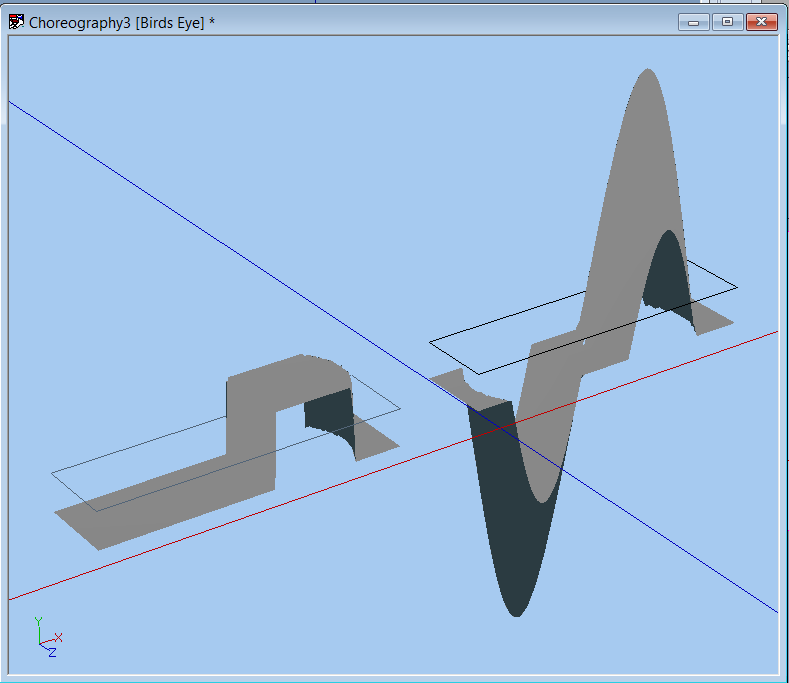
-
I just get a blank page.
Lets turn on the @Jason Simonds light!
-
-
Now this is interesting...
I took the single-patch rectangle and lit it with one very bright Kleig light set to 100% width softness and rendered that with no other lights on it to a TGA and to an EXR.
If you load and view those images they look like the top frame, below. It looks like the light has very quickly clipped out to full white in the middle.
When I apply those as Displacement maps we get the result in the lower two frames.
The TGA version on the left shows that the gray values reach "white" and go no further. But the EXR version has recorded values that surpass white and create displacement above and beyond what the TGA map could do.
This shows that A:M displacement is able to interpret EXR values beyond 1.0. If we could make maps with those extra values we could probably have smoother displacement effects.
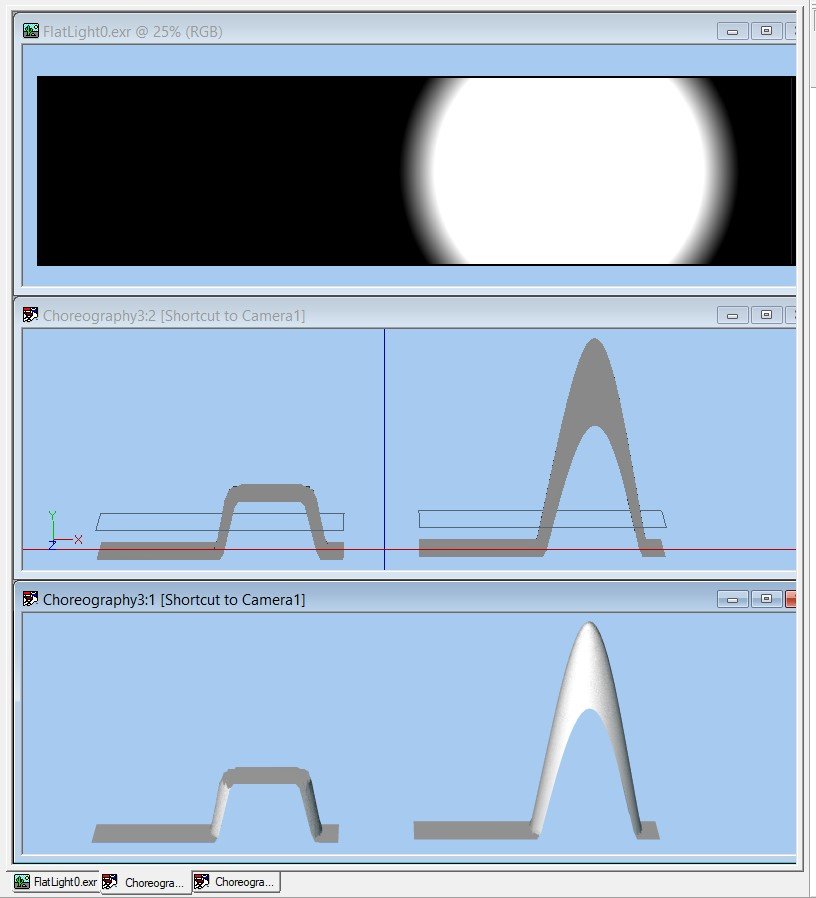
-
[Edit: This side discussion has been split off from topic AMC Gremlin]
Investigating further...
Here is a comparison of displacement effects:
First with a Gradient Material set to transition from RGB 128 to RGB 129 and Displacement set to 100000%
Second is that gradient rendered to a TGA and used as a Displacement map
Third is that gradient rendered to an OpenEXR and used as a Displacement map
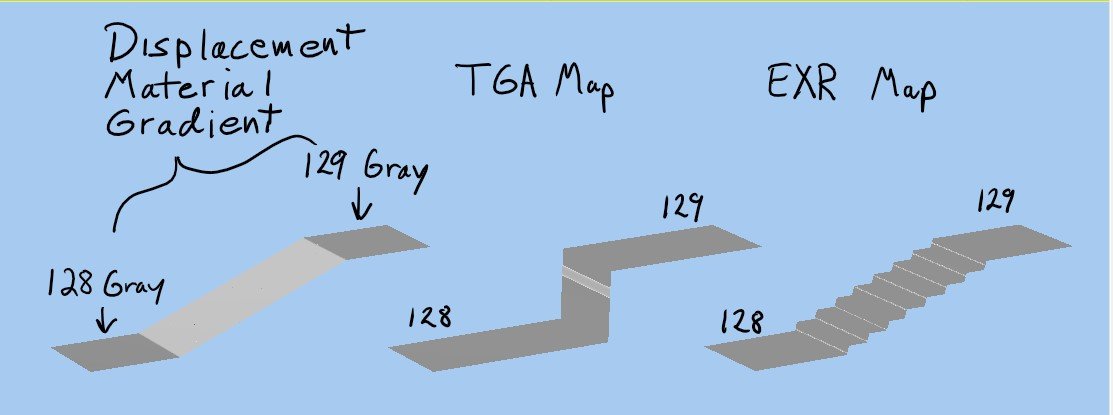
The Material is able to calculate an exact value for every pixel between the 128 and the 129 levels, creating a perfectly smooth slope.
The TGA map, as expected, has one stair step from 128 to 129
The EXR has 8 steps. EXR uses a 16 bit floating point format to store values, but it maps our 0-255 range for black to white to -1.0 to +1.0. From what I read about 16-bit floating point numbers, there 1024 possible values between 0 and 1 (and thus, 2048 between -1 and +1) which matches the result above , with 8 steps between our 128 and 129 gray values.
So it seems that A:M is capable of rendering finer displacements, but EXR doesn't store the finer values needed.
According to OpenEXR docs, EXR can have 32-bit floating point data. Maybe there is an easy way to get A:M to write those?
-
 1
1
-
-
27 minutes ago, R Reynolds said:
From your 2016 reference;
Since all my hardware runs Windows 10, I've hit a wall.
I recall someone on this forum getting windows 10 to work but I can't find the post
-
OpenGL<> OpenGL3 is on the Global Tab.
In your video, I see a very brief flicker on a few of the buttons, but it doesn't seem to be slowing you down.
Is it causing a problem?
I always use the keyboard shortcuts for those buttons.
-
I'm sure what you are describing... but when I run v17 on Windows 10 it seems to operate normally for me.
Perhaps try switching OpenGL<>OpenGL3 inteh Options window
Or try Help>Reset Settings
-
That's a good one, John!
The head bounce.

-
37 minutes ago, R Reynolds said:
Can you still install v13 (2005 "Sorserez" disk) and run the hxt?
The CD based versions can possibly still be run with this work-around. I've only tried it on Windows 7...
-
Listen to this NPR story with special reveal for cartoon fans
Mystery recordings will now be heard for the first time in about 100 yearsQuoteIn the 1890s, they were a revolution. People slid blank cylinders onto their Edison phonographs (or shaved down the wax on commercial cylinders) and recorded their families, their environments, themselves...
They haven't been heard because the wax is so fragile. The earliest, putty-colored cylinders deteriorate after only a few dozen listens if played on the Edison machines; they crack if you hold them too long in your hand. And because the wax tubes themselves were unlabeled, many of them remain mysteries...What voice will be heard, after 100+ years of silence...?
-
 1
1
-
-
If you get stuck on something, there's Live Answer Time every Saturday (see link in my sig)
Of course you can ask here anytime.
-
Quote
changes the crossing bias at all cp's around a circular spline.
That is something I've wished for for a long time.
No, there isn't an easy re-fit for that.
The source code would be needed and since that isn't in A:M already that must have been a third party plugin by someone. Do you know who made it?
Incidentally, @Rodney and i have been learning C++ and we're about try to figure out how to write a plugin. That sounds like it might be a plausible early project.
-
Welcome back to A:M!
-
Thanks, @Michael Brennan, thanks @R Reynolds!
On 4/2/2022 at 9:20 PM, R Reynolds said:That's really impressive; especially the deep cutout for the license plate which I never would have expected to be that believable. Well done!
Here is what the map looks like...
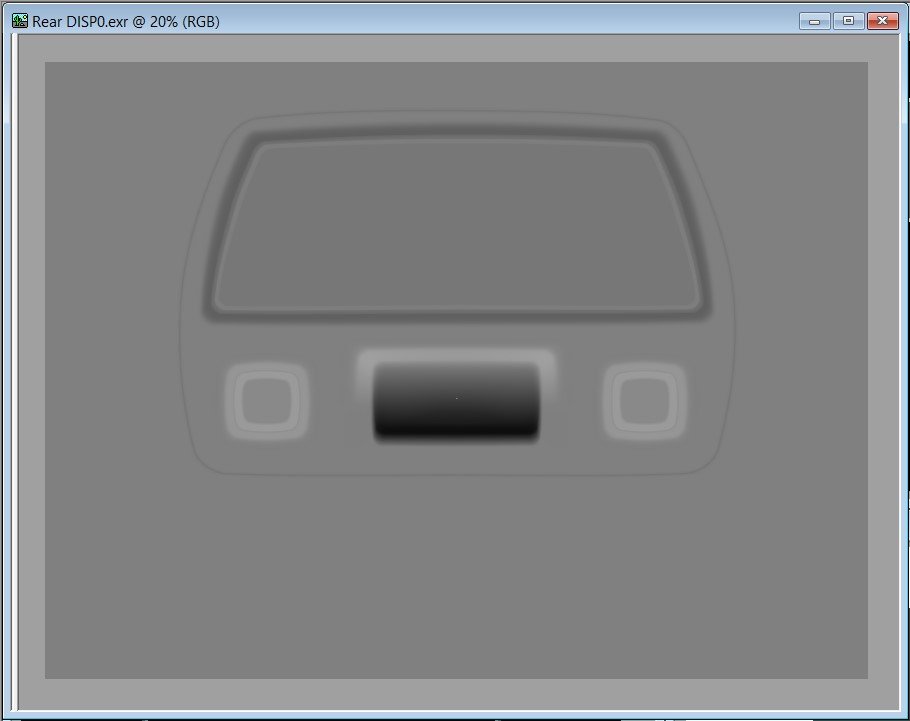
It helps that it was rendered to OpenEXR. Here is a clsose-up of the rear of the car with a TGA version of the map. The stair-stepping is pretty severe...
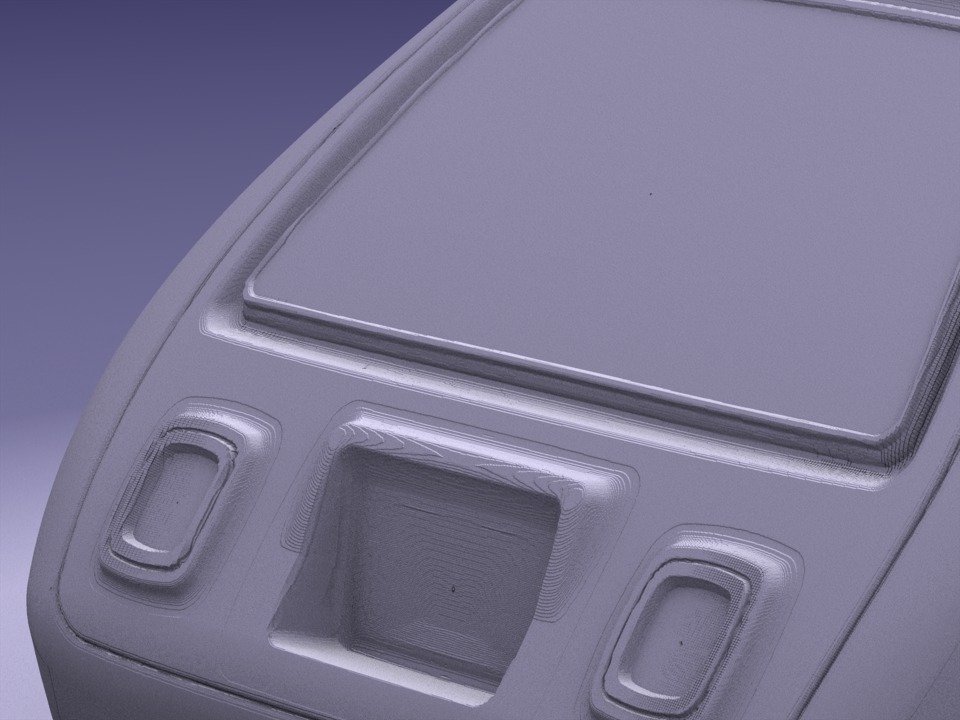
With OpenEXR the displacement effect is smoother but there is still some funny business going on in places that I can't quite explain...
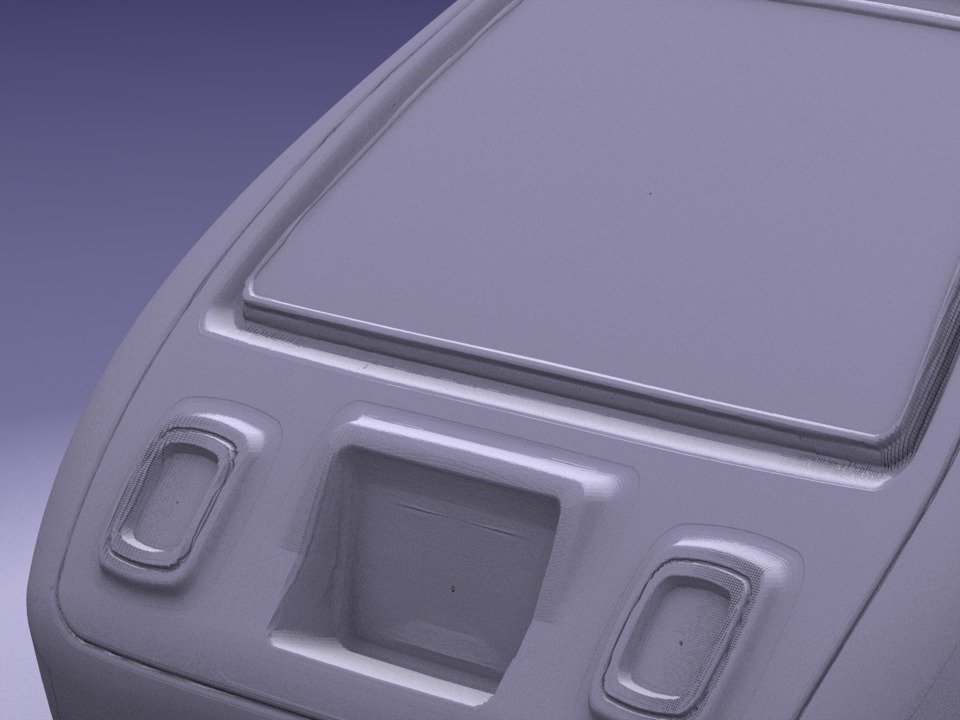
-
1 hour ago, Shelton said:
After frame 59 all rendering stopped. the pool appeared to be rendering but the each frame after 59 loaded and would not proceed. I finally killed the project and will let Robert know.
Try restarting and after you load the render preset edit the frame range to start at frame 59.
I have that problem with each core only getting 2 or 3 frames done and then getting stuck. Steffen is looking at that.
-
There wouldn't be much point in serial keys if it all worked on any computer anyway.
However, You can ask to transfer your subscription with this process...
https://www.hash.com/faq/index.php?action=artikel&cat=13&id=17&artlang=en
The turn-around on this will not be instantaneous.
-
My "Planes Trains Automobiles" Contest entry was an experiment in displacement mapping...
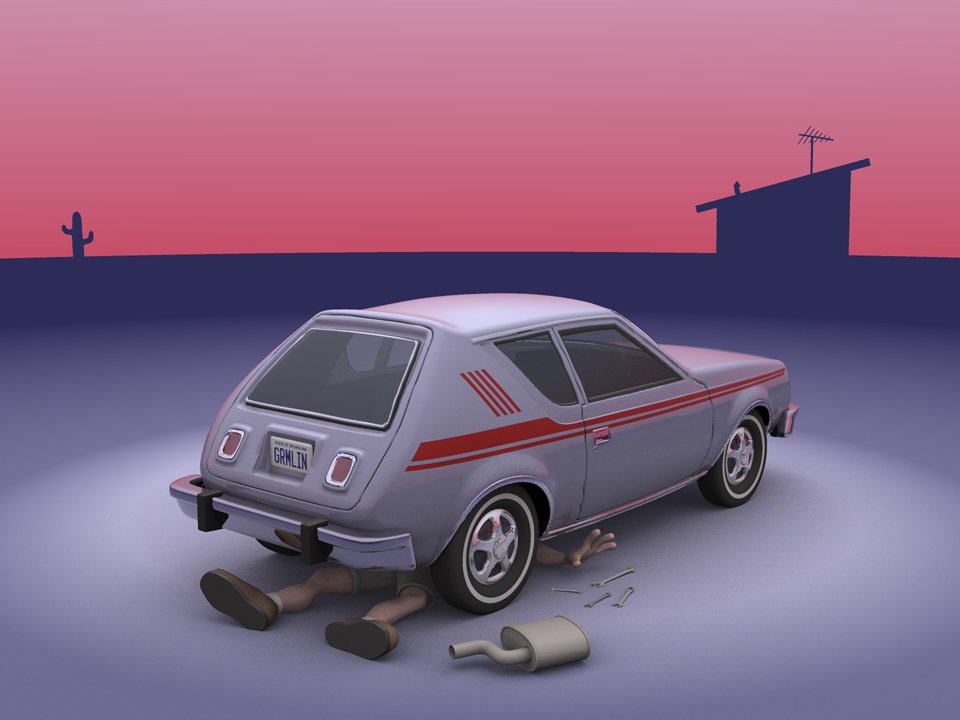
The body of the car is just a simple spline form...
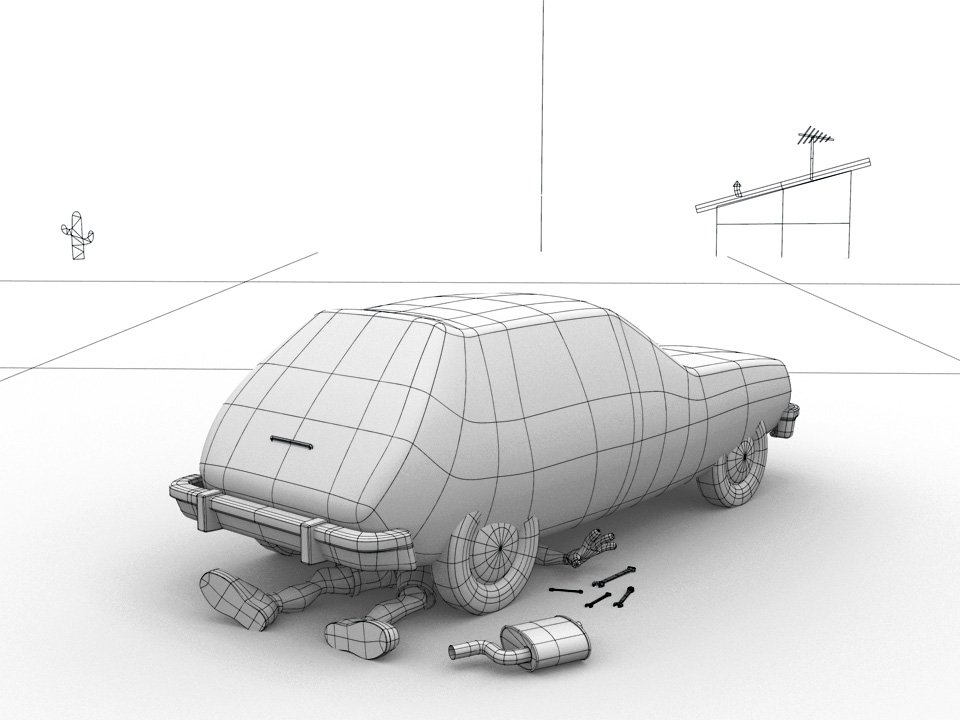
All the surface details... the doors, the handles, the windows, the rubber and chrome trim... that is all made with displacement maps.
There isn't an easy way to manually paint such maps in a paint program but it was easy to model the shapes on a flat plane. I put a white-to-black gradient on them and shot the arrangement with an orthogonal camera.
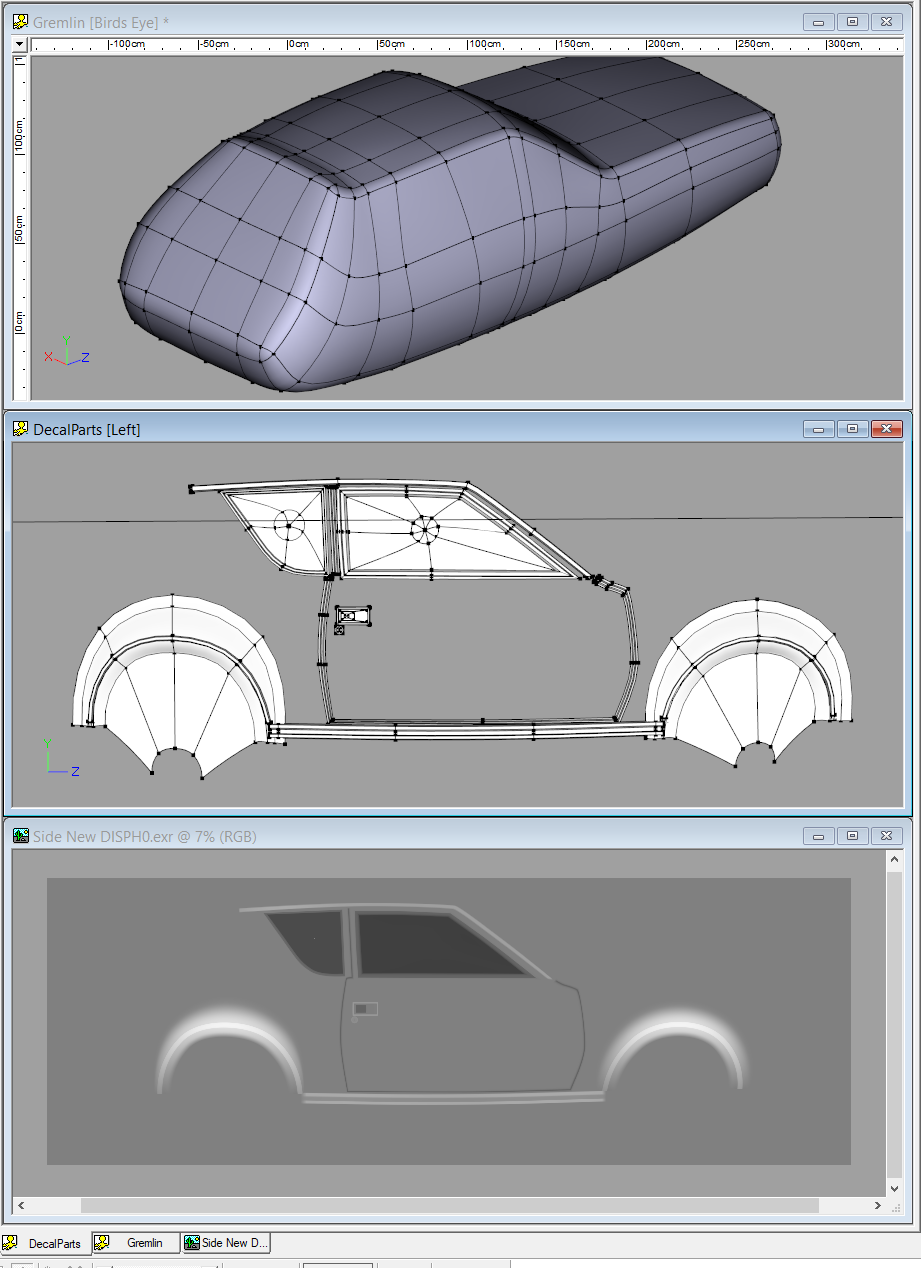
That render to OpenEXR format was applied to the body to be the displacement map. I made maps that way for the front and back details also...
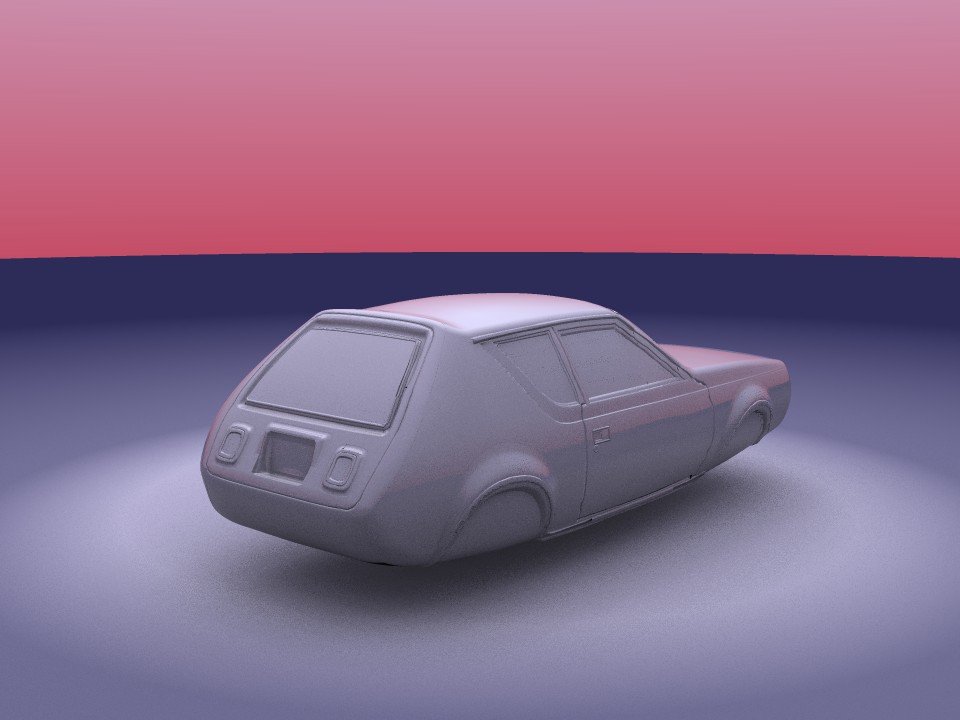
I recolored the patches of that details model with white, gray and black to render versions of the map for Transparency and Reflectivity...
A turn-around of an earlier WIP version of the car...
-
 1
1
-
 2
2
-
-
Interesting.
I think you might retain at least one more ring in the forearms and the leg bones so the shape doesn't collapse when they twist.
-
From our Live Answer Time discussion...
There are several properties we can modify to reduce or eliminate the lively jitter that default cloth settings produce.- Damping
- Precision
- Sub Steps
Other possibilities are
- Patch Density
- Motion curve editing
- Attach groups
Damping
Your first gambit should be Damping. Damping is the internal resistance of the cloth to continued motion. There are two damping settings in the cloth properties.
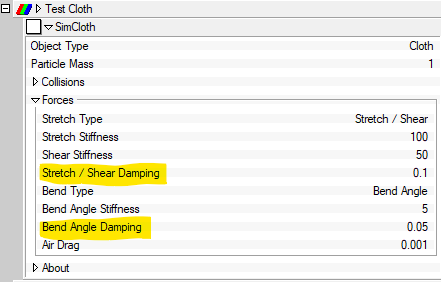
Stretch/Shear is the deformation of the cloth, both along the spine and diagonally across the square patches.
A:M Help:
Quote[Stretch Shear Damping is] the resistance of each spring to velocity difference of the two ends of the spring. Lower values will make cloth more "springy" and oscillating. Higher values will reduce oscillation.
Visible: Sometimes, Default: 0.1, Min: 0
Bend Angle is the curving of the splines along their length
This video shows a test model with default cloth settings, Bend Angle set to 20x the default, Stretch/Shear set to 20x and then both set to 20x.
(I suggest you view these videos fullscreen)The examples with increased damping come to rest more naturally.
The Chor has SimCloth properties also, including Sub Steps and Solver Precision.
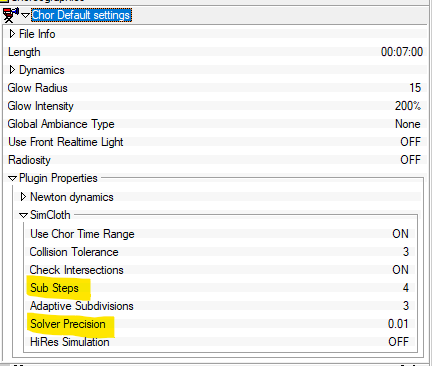
Sub Steps is how many slices the time of the frame is initially divided into (Adaptive Subdivisions is how may times Sub Steps can be doubled if the process needs more divisions to solve the motion)
A:M Help:
QuoteSimCloth divides a single frame in a number of intervals and computes the cloth position for each of these substeps. More substeps mean a more precise result.
Default: 4, Min: 1, Max: 1000
This clip show the same model with the previous cloth material settings but Chor Sub Steps is set to 64 instead of 8:
The Default cloth, with less damping, takes a bit longer than the others to stop moving but with 64 Sub steps the random bubbling motion is gone.
Solver precision controls how finely the motion is calculated
A:M Help:
QuoteControls the target precision for the non-linear conjugate gradient solver. Lower values mean a more precise, but slower, simulation. Values lower than 1.0 are preferable.
Default: 0.01, Min: 0
This clip again shows the models with the previous cloth material settings but Chor Solver Precision is set to 0.001 instead of 0.01:
The Default cloth retains some minor bubbling. If the Precision were refined to 0.0001 it would probably become insignificant.
Density
Denser cloth meshes aren't less likely to jitter but because the patches are smaller the jitter appears less. Denser meshes are often preferred for realistically draping cloth effects anyway.
This clip shows cloth with Chor defaults but with 3cm patches instead of 9cm patchesEditing motion CPs
In a post above Rien Brouwers ( @Madfox) suggests deleting the motion curve CPs after the cloth no longer needs to move. This is a technique I have often used and eliminates unneeded data in the saved PRJs.
Attach Groups
A Cloth Attach Group can be defined and turned ON to solidly immobilize any or all of a Cloth mesh for as long as the Group is ON. Attach Groups are discussed elsewhere on this forum and in a Hash Tech Talk I recall.
Summary: Increased damping values in the Cloth Material properties makes for more realistic cloth settling and less random bubbling. Altering other parameters may be useful also.
-
Hmmm... I suppose my gambit would be to prepare it for a cylinder wrap but each of the hair spikes would be a separate cone.
-
Thanks, guys!
I took the day off. Instead of doing nothing, i did less than nothing!
-
Yes, I can now retrieve my serial numbers back to 2020, and I presume our other users will be able to see theirs also!
Thanks for fixing that, Jason!
-
Edward and I have conversed on the phone and have sent his hardware info to Jason so Jason can look into a solution.










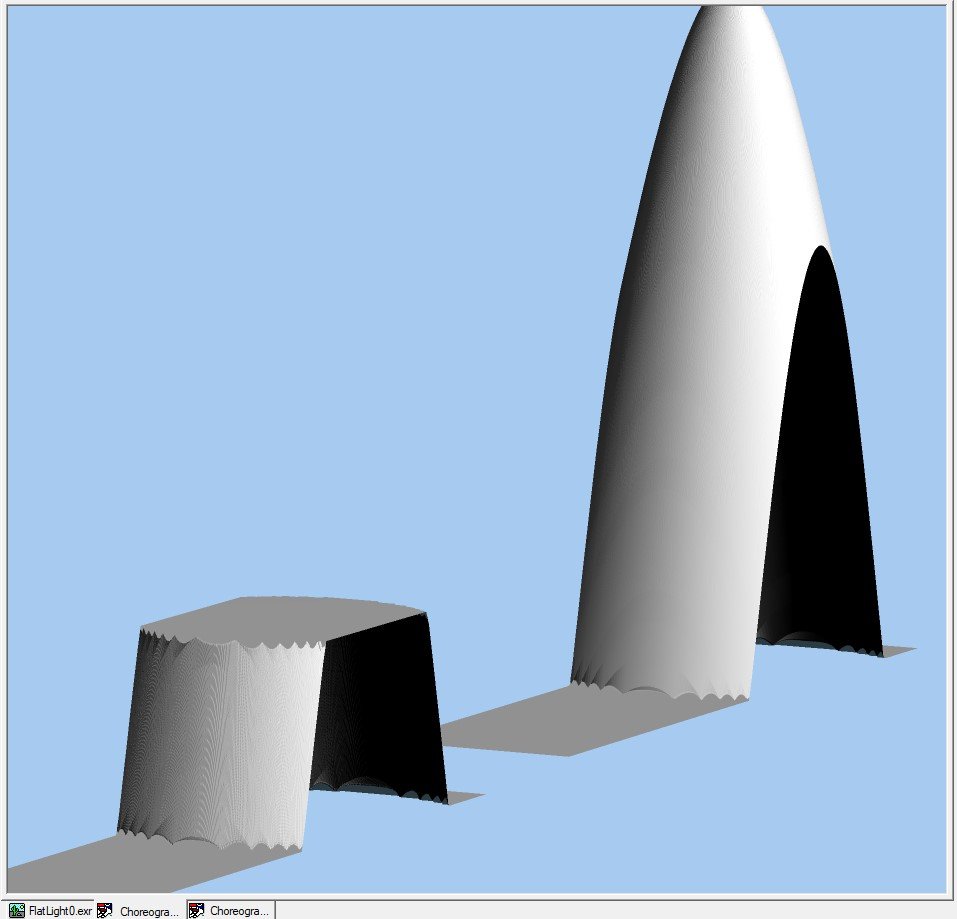
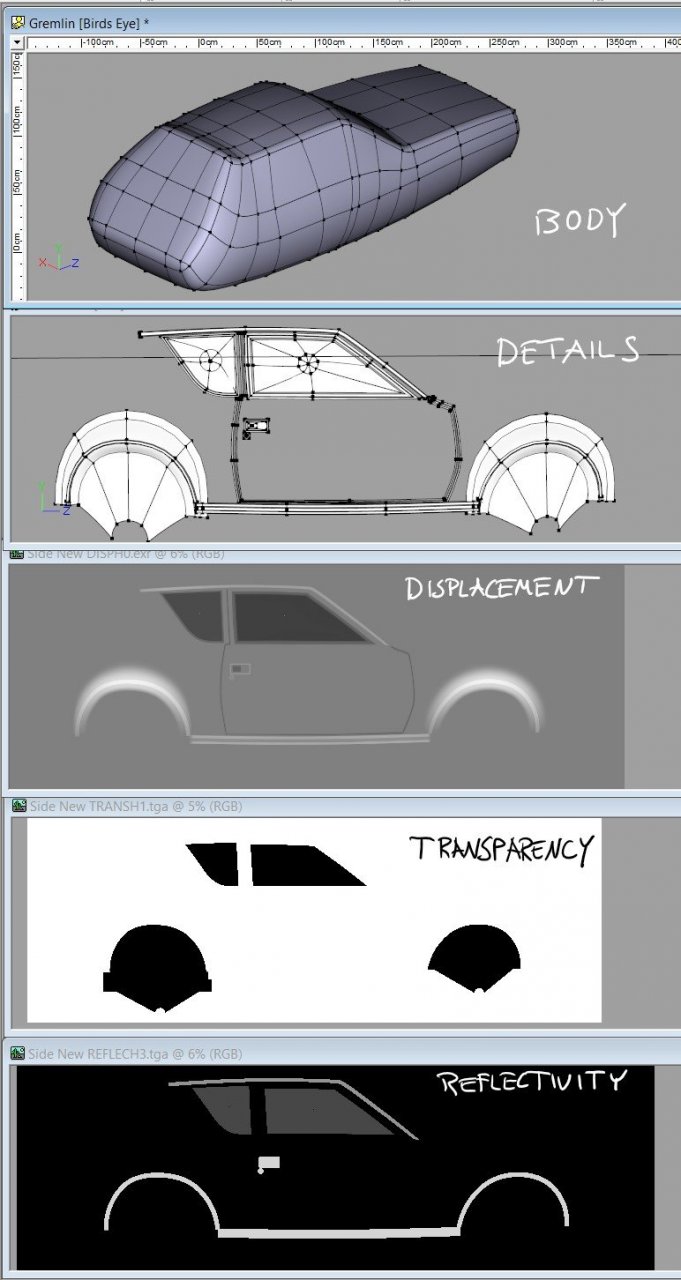
Investigating displacement
in Animation:Master
Posted